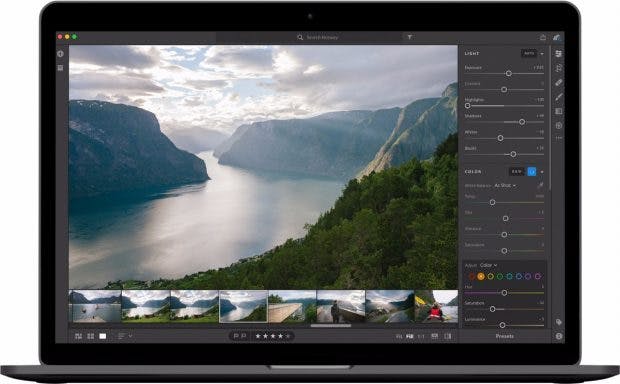

Most processing software uses a traditional temperature/tint model for adjusting the white balance of an image. Set preferences > processing > auto-apply pixel workflow defaults to “scene-referred” now.Įnter preferences by clicking on the gear icon in the top panel. The scene-referred workflow in darktable enables the filmic rgb and exposure modules by default when you open new images in the darkroom view. Experienced users may need to learn new techniques and discard old ones, but will be rewarded with much more robust and predictable outputs. In a scene-referred workflow many common tools (tone curves and levels, for example) are no longer useful ways to manipulate the image, since they rely on now-invalid definitions of black, white and gray. Scene-referred processing attempts to retain the physical properties of the scene for as long as possible by placing the Raw data on an unbounded linear scale and only compressing the data to the dynamic range of your display after image processing is complete. In the real world, “pure black” does not really exist (there is always some light) and there is no limit to how bright things can be (so no “pure white” either). The cost of display-referred is an early loss of the relationship between pixel luminosity and saturation (usually also involving hue shifts), which is responsible for the infamous “HDR look” when the dynamic range increases. A tone curve is automatically (and irreversably) applied to this data to make the image look “good” on your display and subsequent edits are carried out on top of this already highly-modified image data. In display-referred processing the data from your Raw file is initially compressed into a range that represents pure black as 0 and pure white as 1, fixing mid-gray at 0.5. This approach is used extensively in cinematography and is known to be much more robust than the traditional display-referred approach. If you have used other Raw software in the past (or darktable prior to version 3.0) you may notice some significant differences from what you are used to – darktable now uses a scene-referred approach for most of its processing modules. 🔗scene-referred workflow: a new approach
Darktable portable iso#
As a general rule of thumb, it is safe to under-expose all images by 0.5 to 1 EV (by reducing the ISO sensitivity if possible) even if the in-camera preview looks darker than expected (the preview is not the raw data).

Where possible, you are advised to use exposure to-the-right (ETTR) techniques to maximize the amount of data available for processing. Under- or over-exposure can be “fixed” by darktable to some extent but no software can recover information that is not present in the Raw image. Good image processing techniques start in the camera – a well-exposed image (without blown highlights or heavily crushed blacks) will always make post-processing much more straightforward. 🔗getting started 🔗take a well-exposed photograph You are advised to follow the guidelines provided below, up to the end of the image processing in 3 modules section and then choose other areas to learn as-and-when you need to use those techniques in your images. Many modules support powerful blending operators offering blend functionality that works on the incoming image information and the output of the current module or be used with drawn masks.This section is intended to get you comfortable processing images in the darkroom view using a scene-referred workflow.
Darktable portable professional#
Your original image is never modified! Professional color management features ensure fidelity all the way to print and GPU accelerated processing means you can speed up your workflow using your video card.Ĭurrently darktable contains 61 image operation modules. It manages your digital negatives in a database, lets you view them through a zoomable lighttable and enables you to develop raw images and enhance them.ĭarktable edits your images non-destructively all the way through its pipeline. A virtual lighttable and darkroom for photographers. Having developers that are also avid photographers as part of the target audience is good for understanding the real world problems, challenges, and workflows.ĭarktable is a photography workflow application and raw developer. Darktable – is created for photographers, by photographers.


 0 kommentar(er)
0 kommentar(er)
